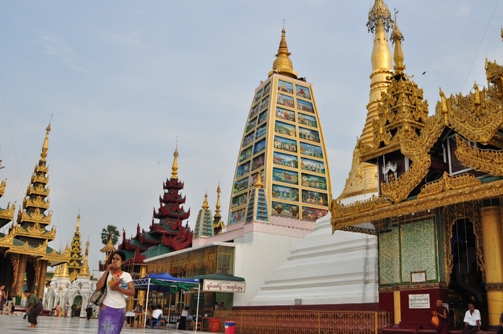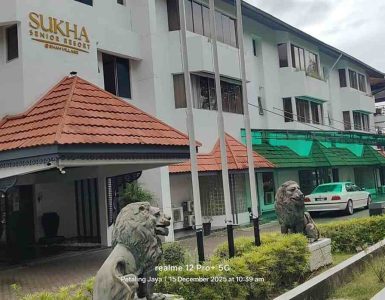Myanmar: Forty years of dictatorship under a military regime and a 10 year trade sanction imposed by the United States and its western allies have left the people of Myanmar poor and suffering from an economic recession with spiralling inflation.
It is a country you will ask yourself, why did I come here. In travelling overland from Yangon, the recent capital of Myanmar to Bagan, the first capital of the Myanmar Kingdom, the answer that keep popping up was why not see it with your own eyes than to regret having not done so.
This series, Myanmar diaries, start from the colonial era Rangoon (now called Yangon) to the central plains and mountains of the country, to get a sense of what the country is about and how the eventual transition from military rule to democracy will bring economic improvement to the people.
With the improvement in the political climate, one sure way forward would be for Myanmar to develop its tourism industry as the country possesses great tourist potential.
Shwedagon Pagoda (loosely translated means “golden hills”)
Perhaps the most recognisable and omnipresent landmark in Yangon city is the Shwedagon Pagoda built on Singuttara Hill, the holy resting place for relics of the three previous buddhas before the 4th Buddha, Siddhartha Gautama.


Renovated several times over the past 2500 years, the Shwedagon Pagoda dogs the skyline of modern day Yangon. It is a spectacular example of Burmese temple architecture and the holiest Buddhist shrine in the whole of Myanmar
A total of 64 smaller stupas surround the centre Stupa which rises 300 feet into the air
The history of Shwedagon Pagoda is thus closely entwined with the history of Yangon and Myanmar. In Myanmar some 90% of out of an estimated population of more than 50 million people are Buddhists.
Upon reaching Enlightenment, the 4th Lord Buddha presented eight hair relics to two brothers from Myanmar who offered food to him while he was meditating to reach Enlightenment. The two brothers later presented the hair relics to King Okkalapa, the ruler of Lower Burma who built a majestic pagoda on this hill to house the holy relics.
Renovated several times over the past 2500 years, the Shwedagon Pagoda dogs the skyline of modern day Yangon. It is a spectacular example of Burmese temple architecture and the holiest Buddhist shrine in the whole of Myanmar.
The top of the Pagoda soars well over 300 ft into the air (approximately 100 meters or more) above the hilltop and is adorned with thousands of diamonds, precious stones with walls gleaming in pure gold.

A pair of mythical lions (called leogryphs) stand guard at the southern entrance of one of the four staircases leading up to the Shwedagon





In August 1988, opposition leader, Aung San Suu Kyi addressed a mass crowd of half a million people at the Shwedagon demanding democracy from the military regime. This uprising became popularly known as the 8888 Uprising. It was also here in September 2007, that 20,000 monks and nuns protested against price increases in what is now labelled as the Saffron Revolution.














